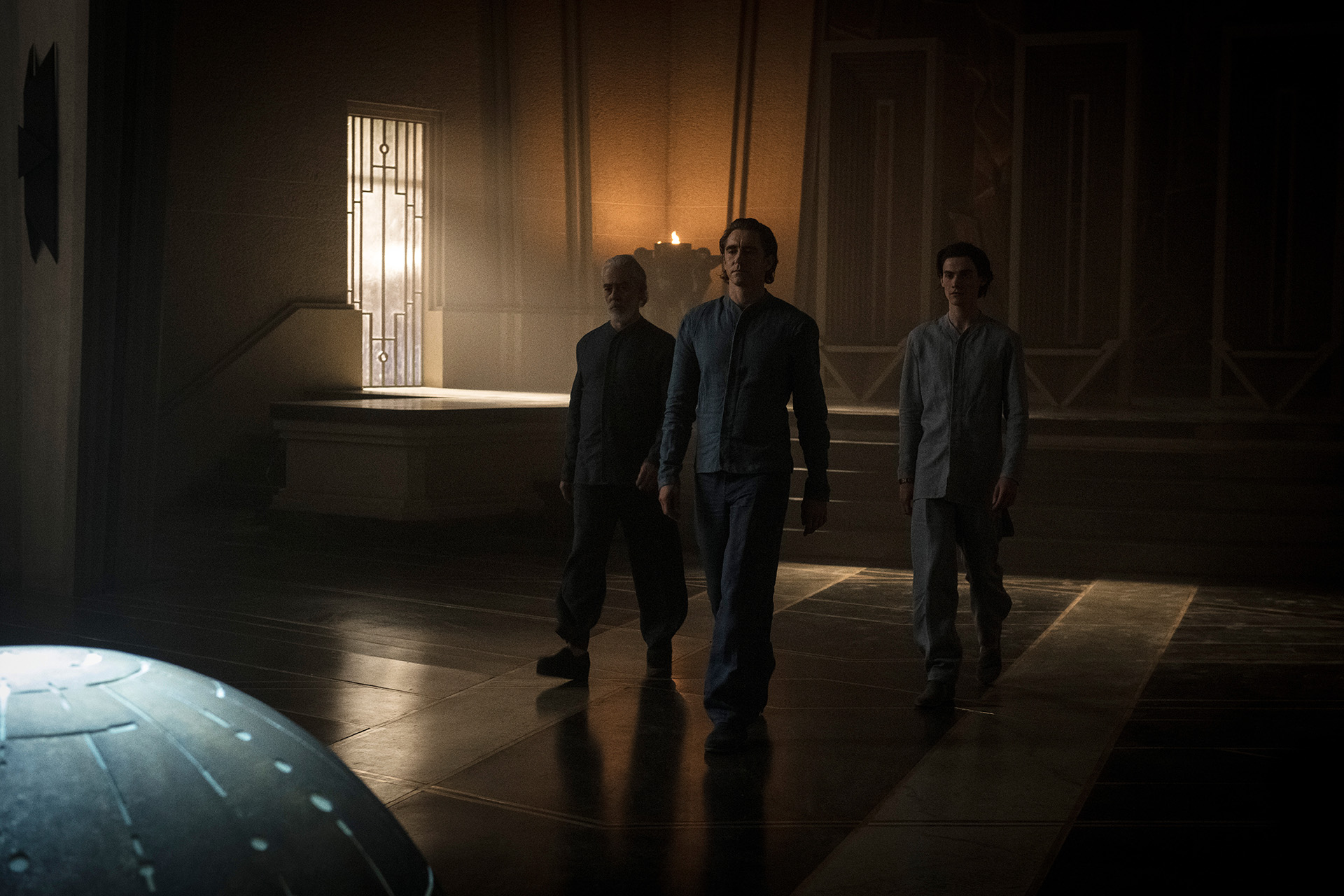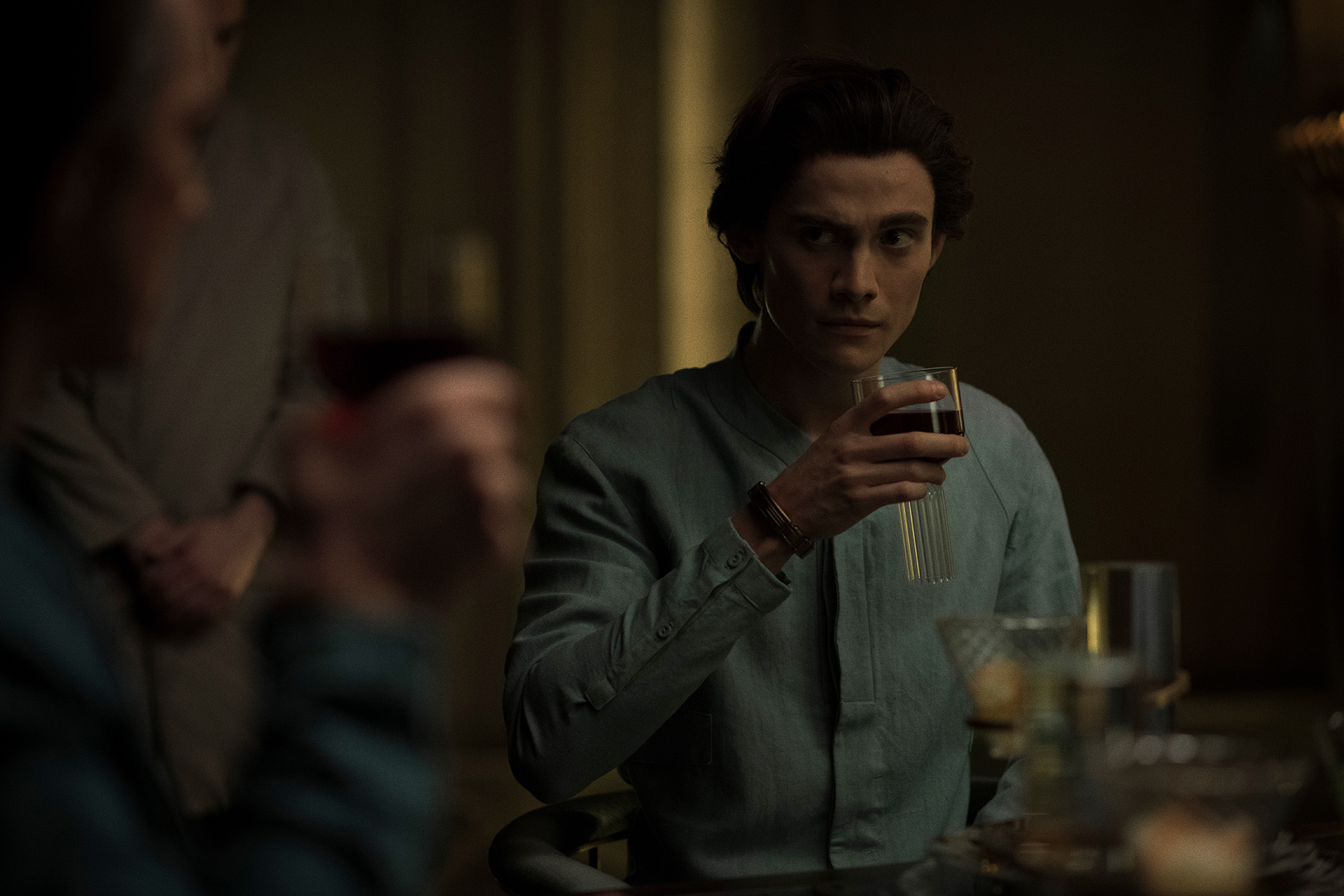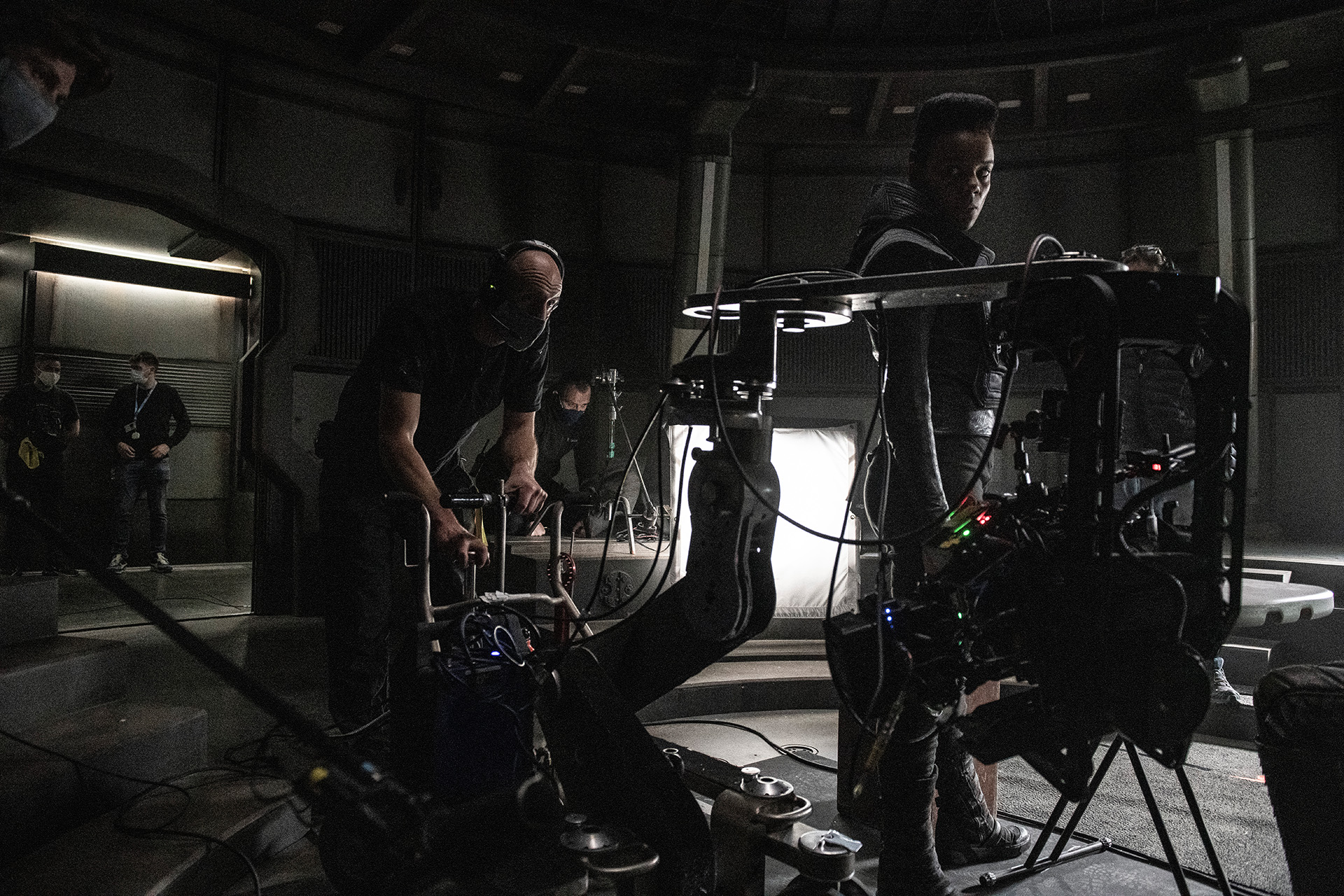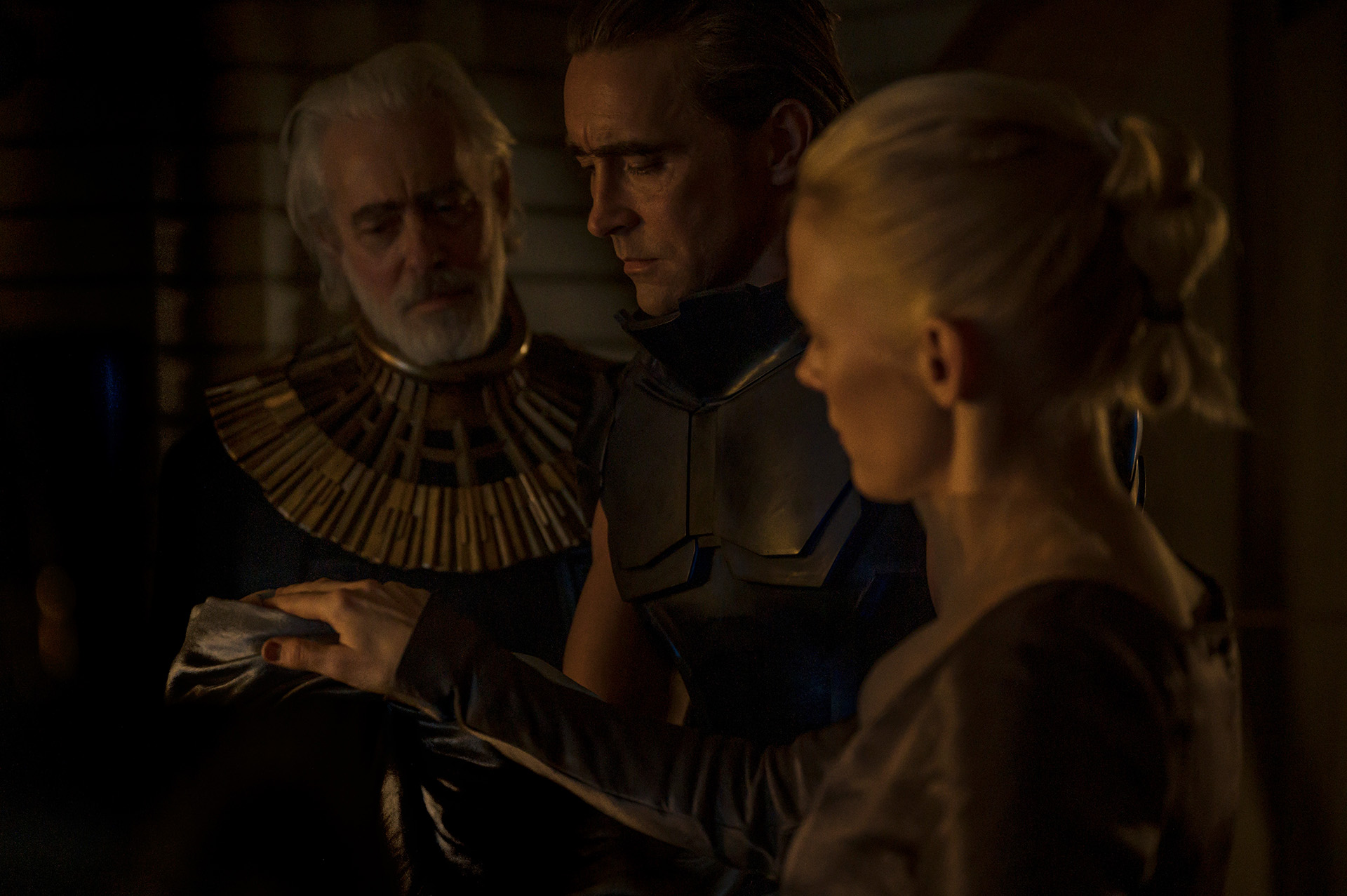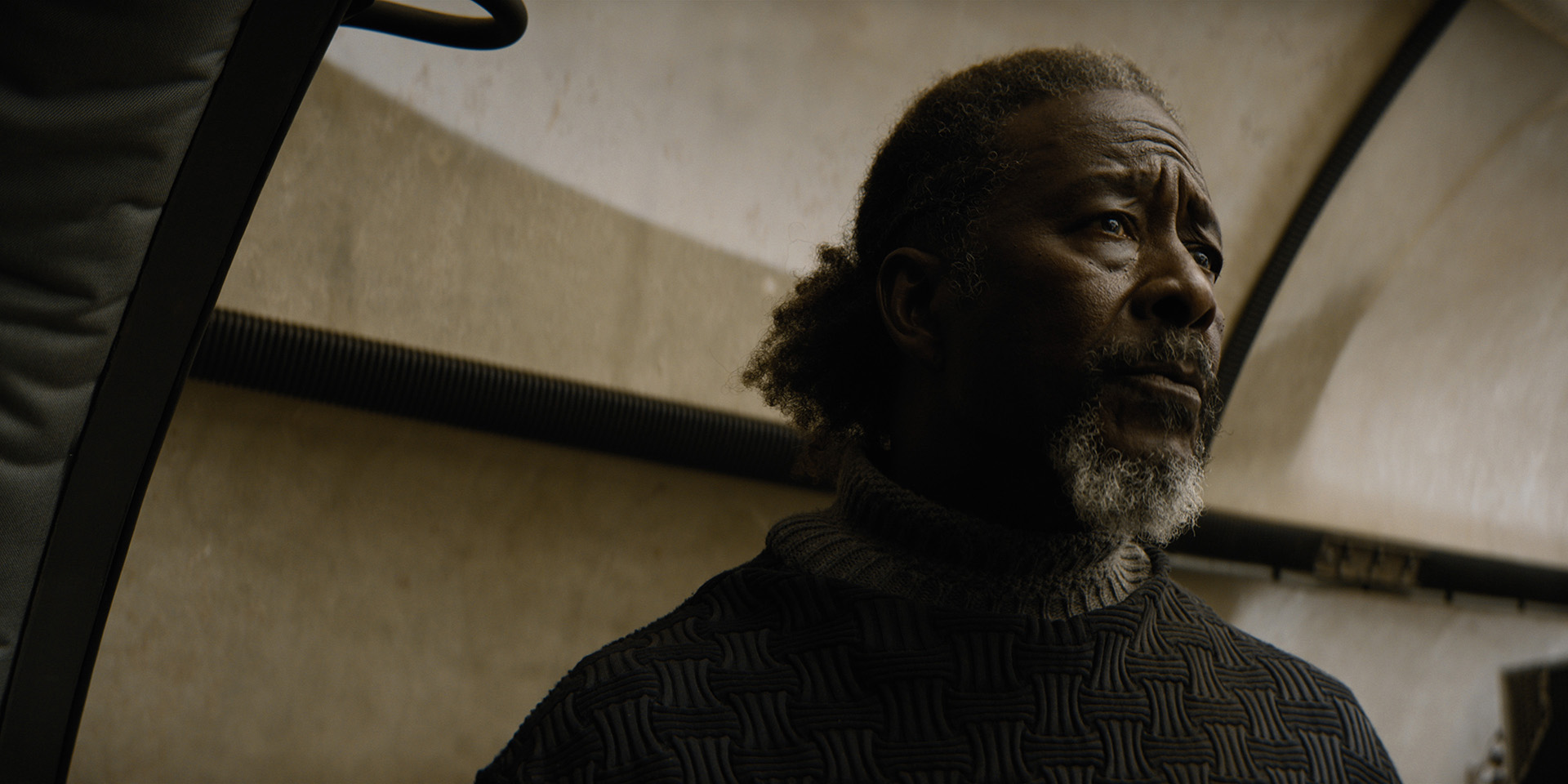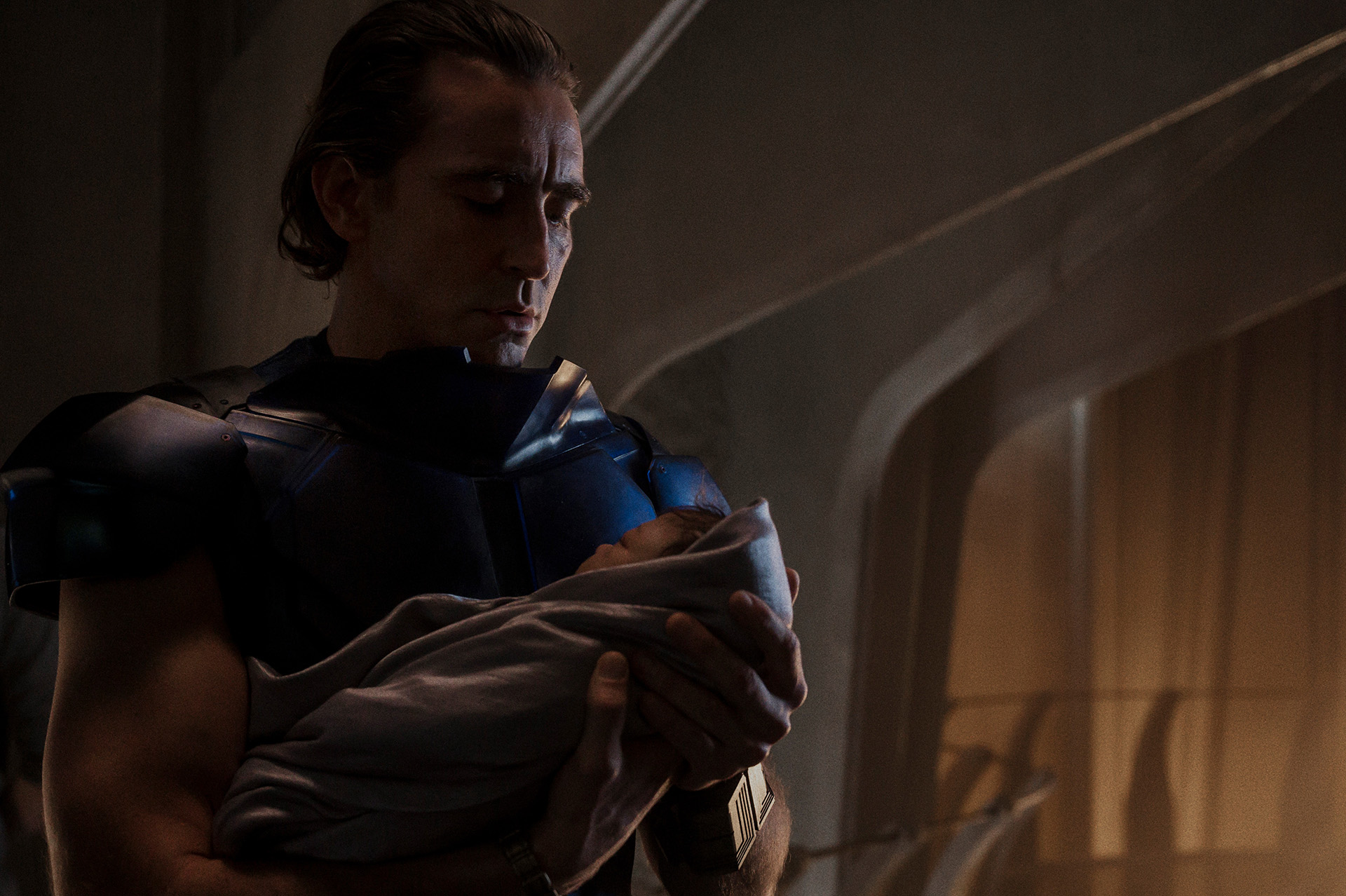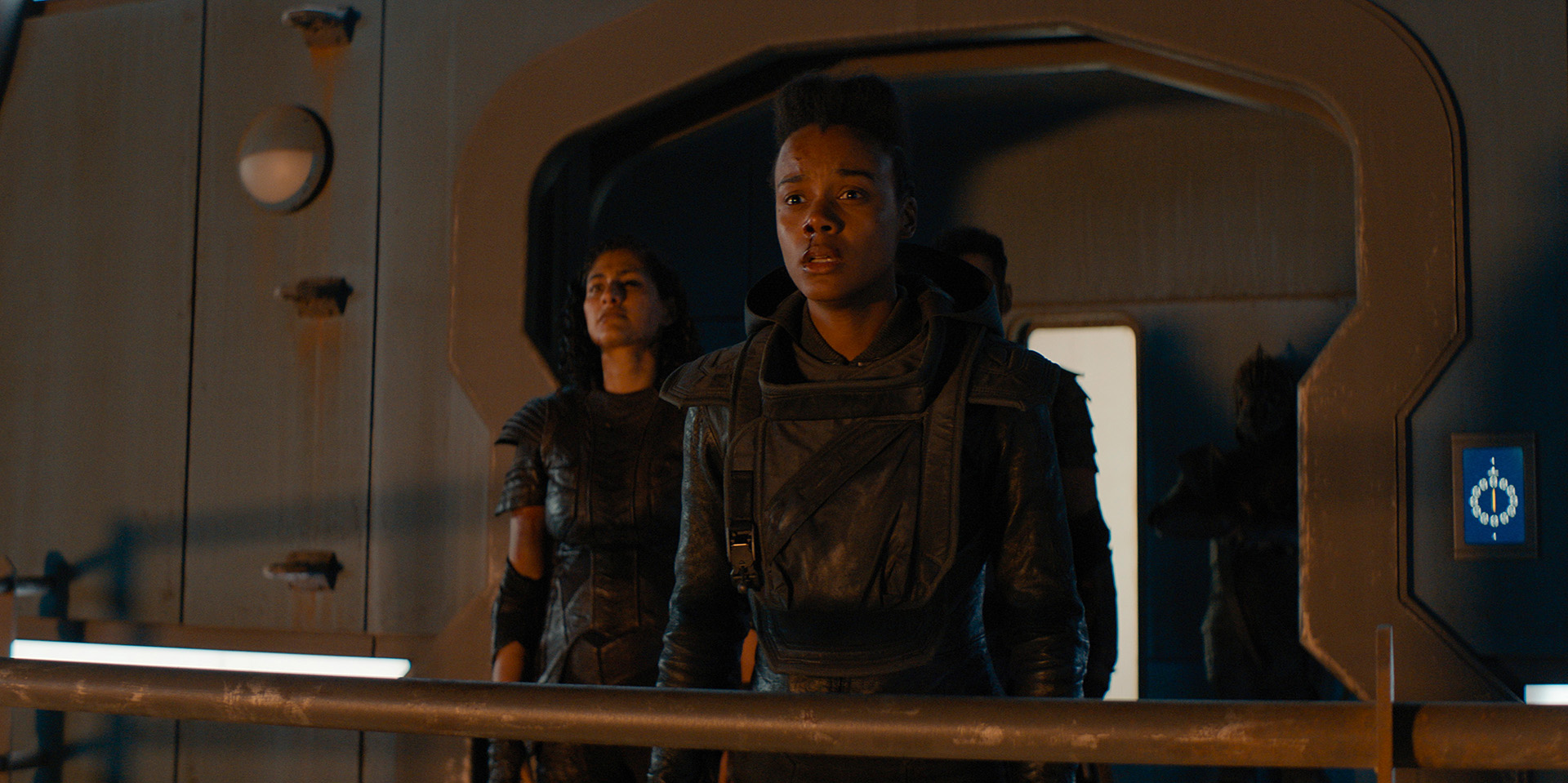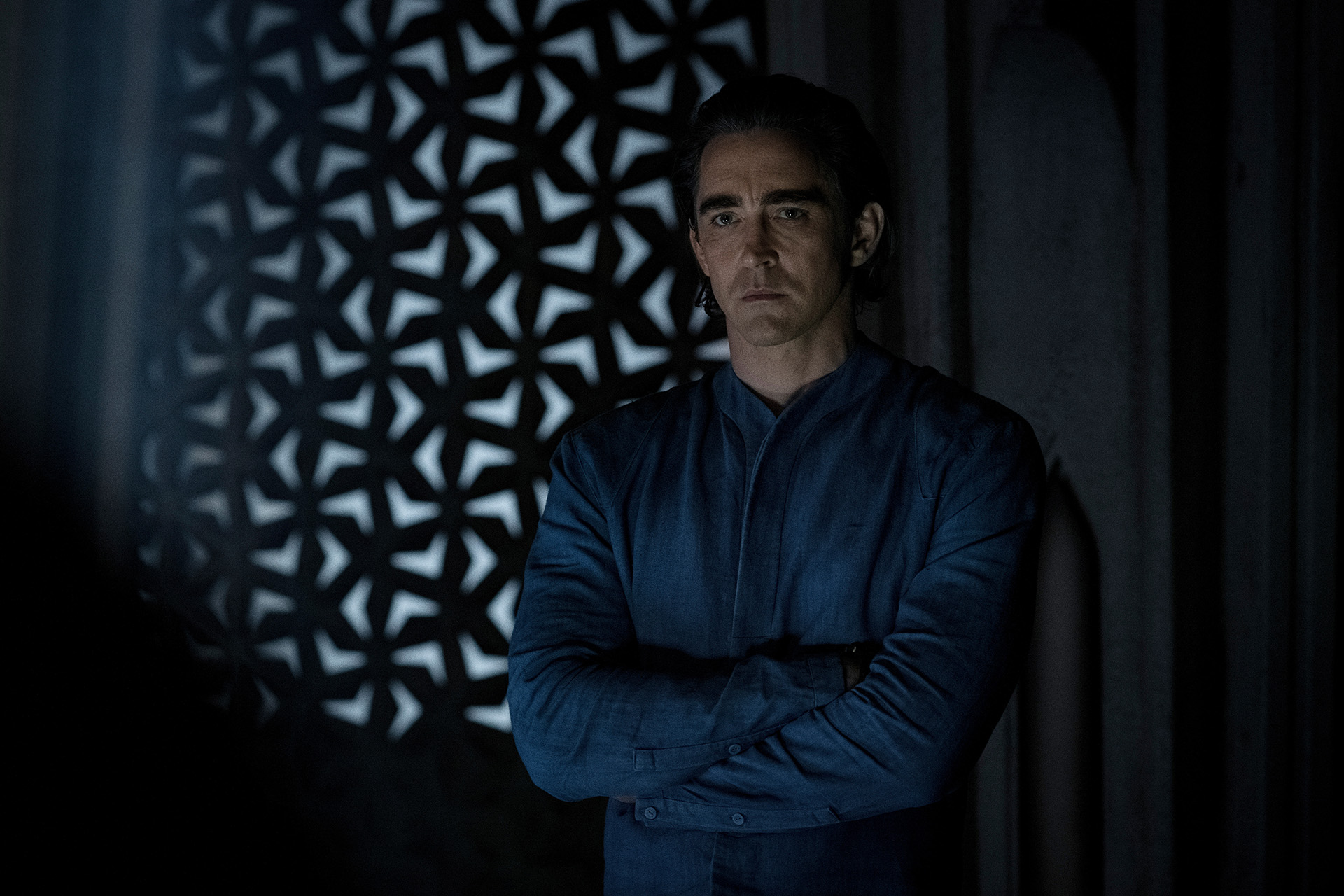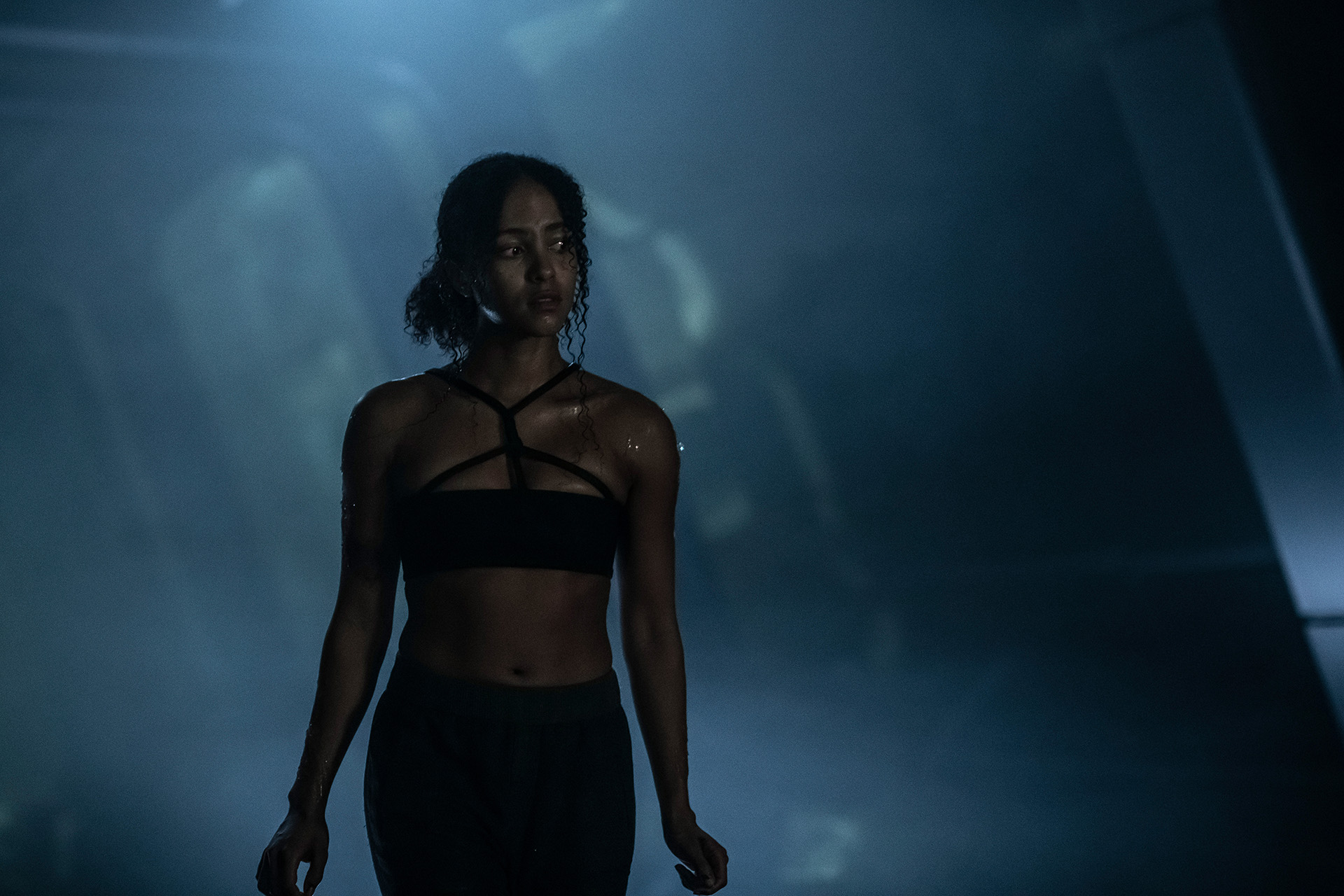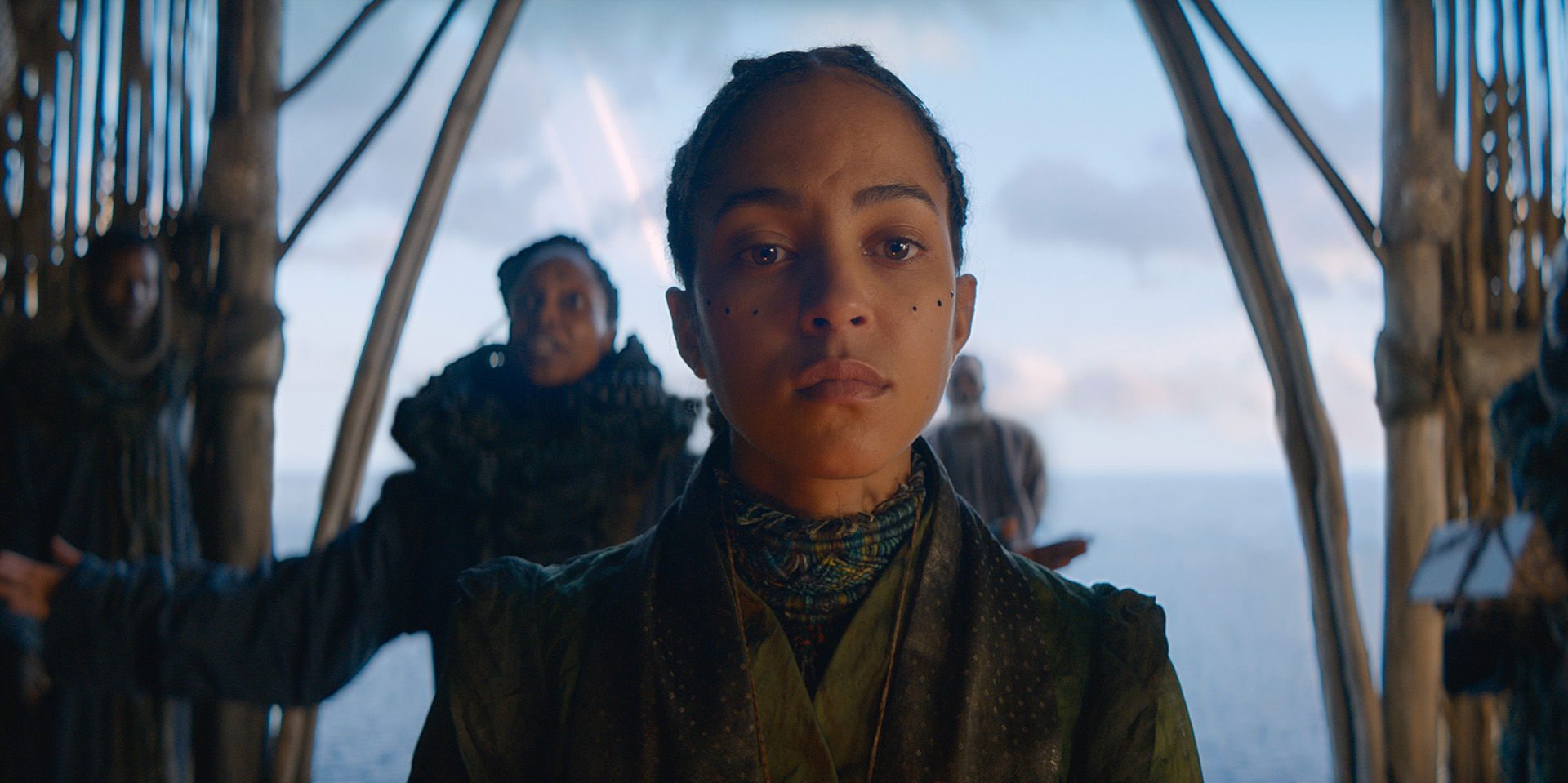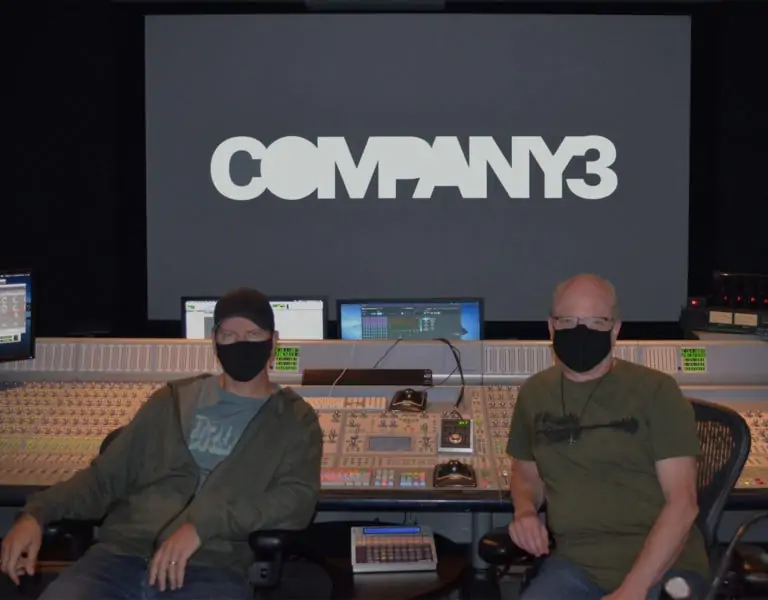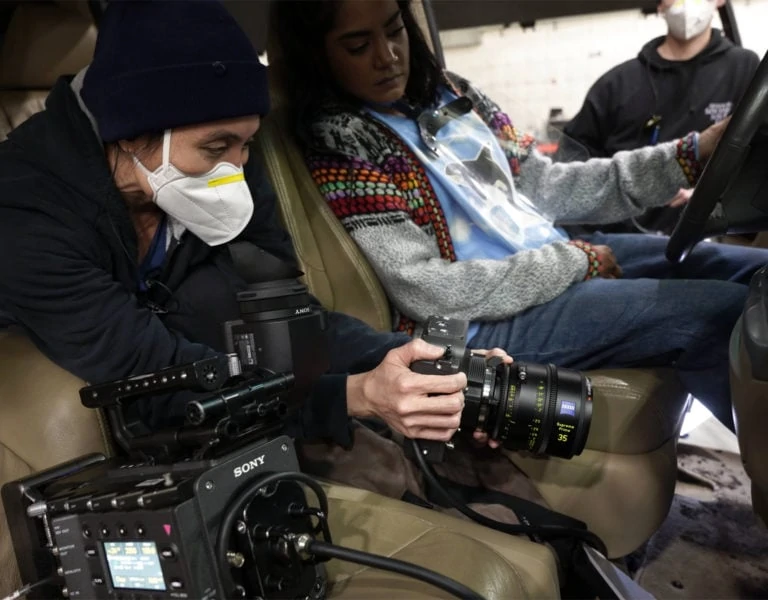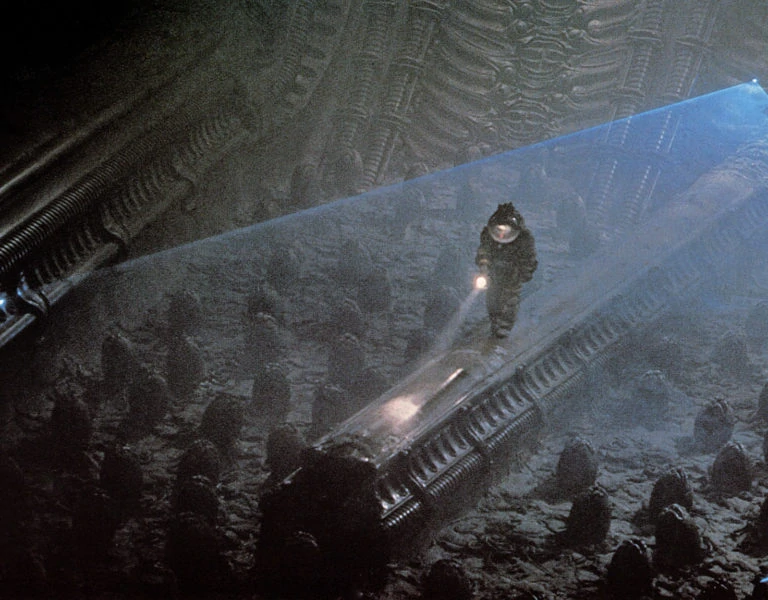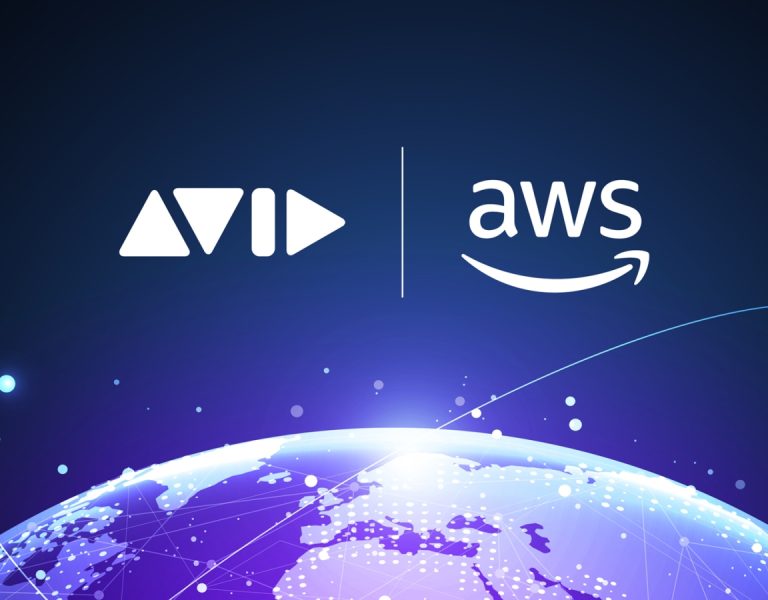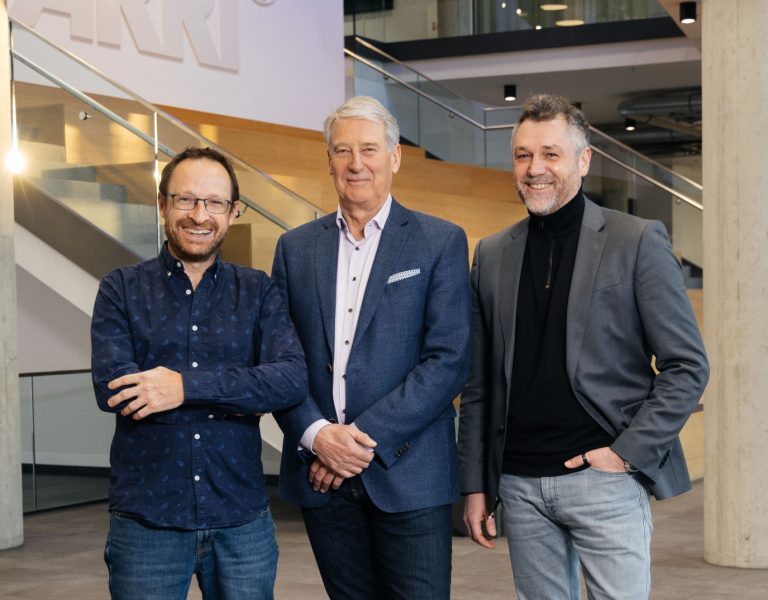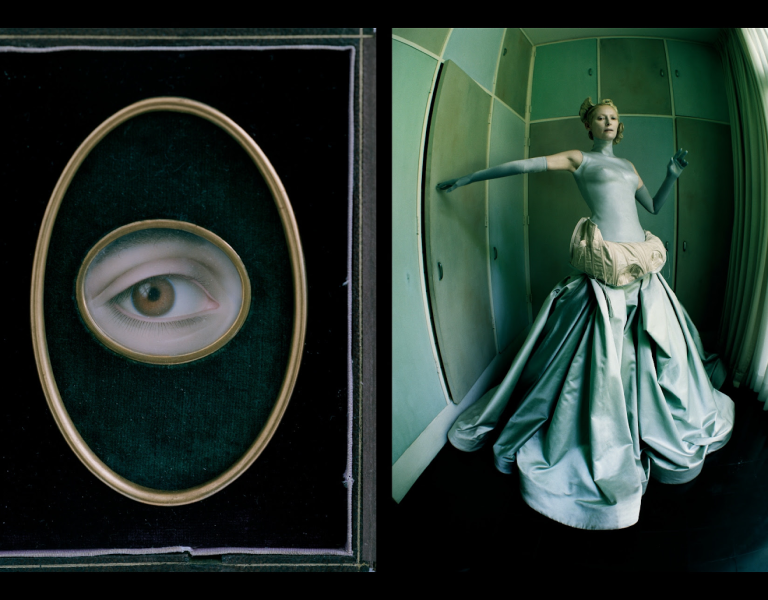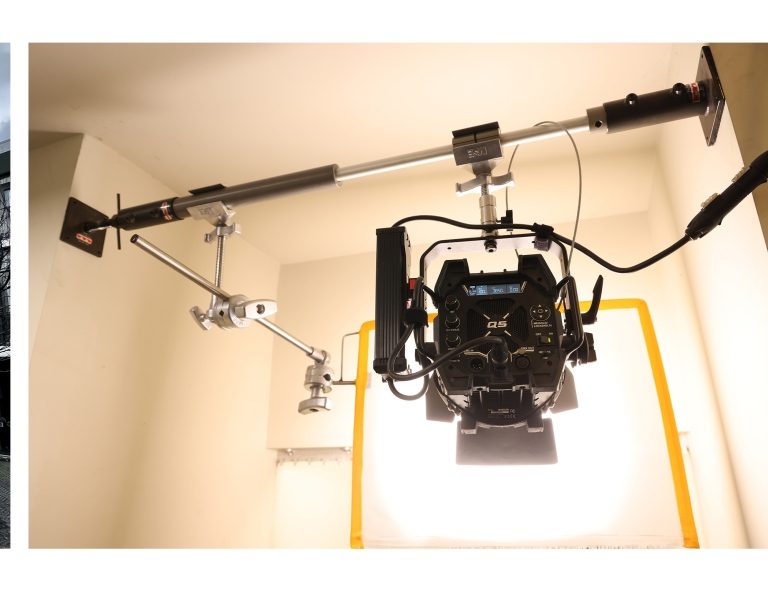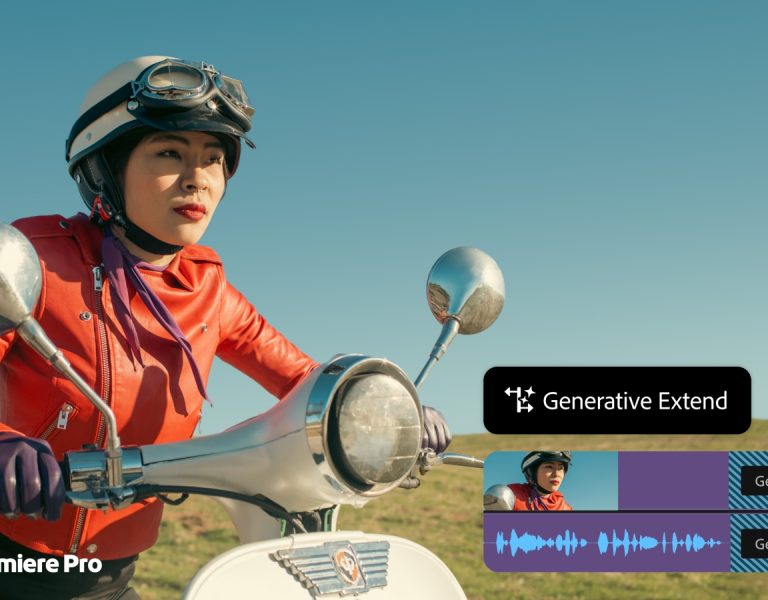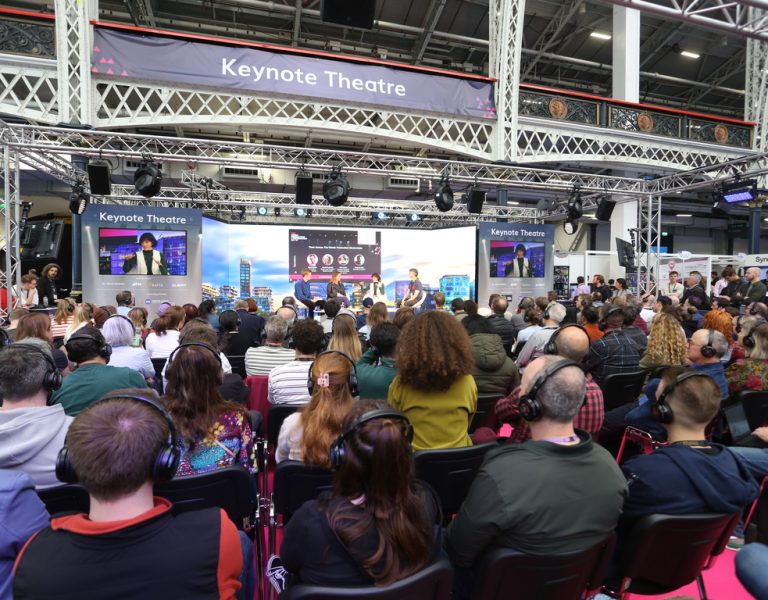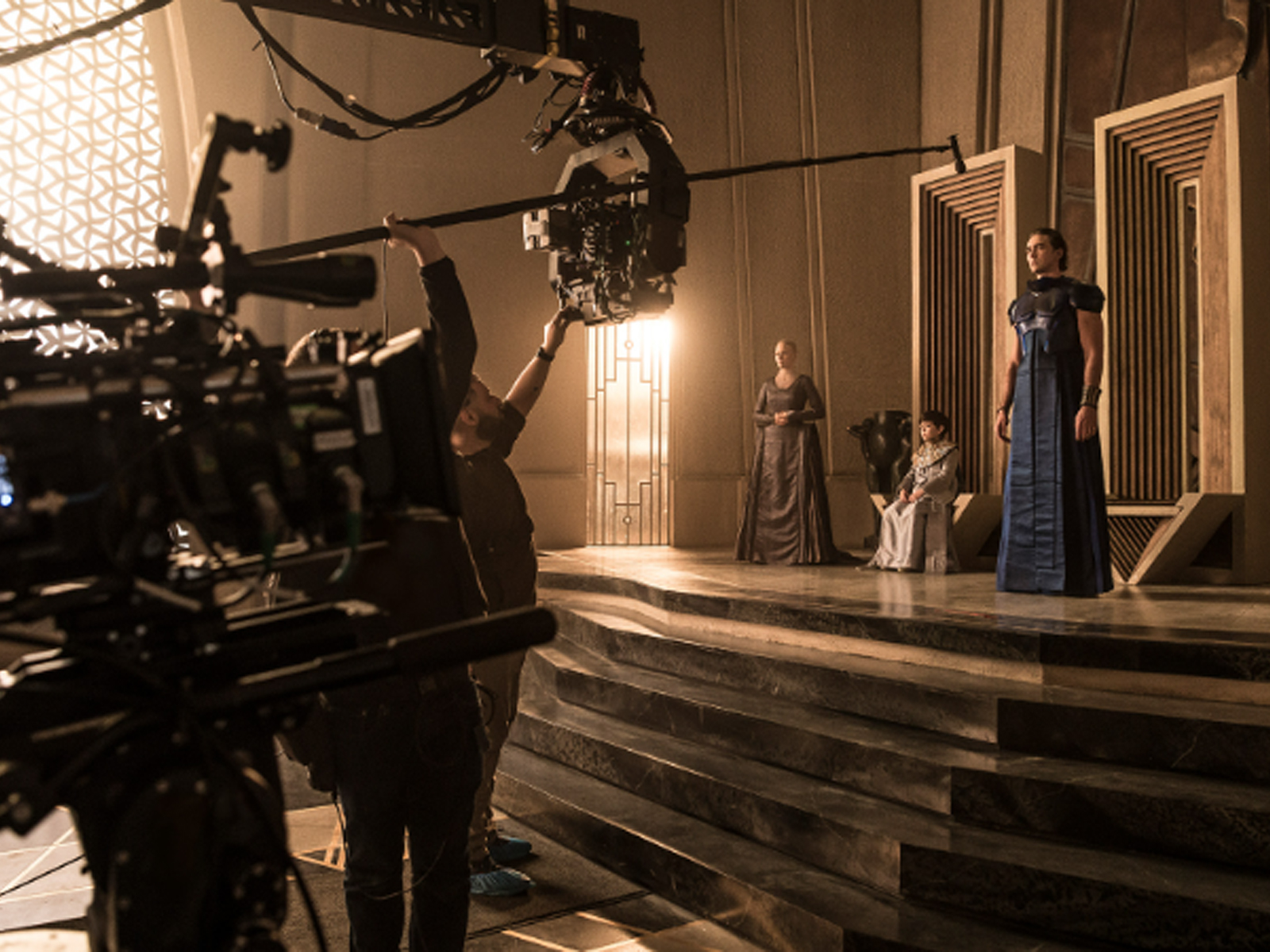
This article has been shared with permission from Zeiss.
–
Based on the series of stories by Isaac Asimov and created by David S. Goyer and Josh Friedman for Apple TV+, Foundation deployed seven cinematographers and their teams on (at least) four planets, five spaceships, one giant lift crossing a whole atmosphere, and five time periods (not forgetting a pandemic on planet Earth). While he had already embarked for the second season, Tico Poulakakis CSC, who partly shot his three episodes with ZEISS Supreme Primes, told us about this endeavor.
Foundation is now streaming on Apple TV+.
ZEISS: Did you have the chance to watch the episodes of the first season again, is it something that you do?
Tico Poulakakis, CSC: Yes, we watched some before starting the shoot of the second season… We needed to check many different things, such as, “where did we light that from, how did we do this one…” Some things changed, but others had to remain the same for continuity.
You said, “where does the light come from”, and it seems to be a strategic question, when filming places that don’t exist in our reality, like spaceships, or extraordinary buildings. You need to imagine the whole architecture.
Yes. On a feature film it can be easier because the DP is part of the process earlier, and there are less places to go. On Foundation, we had so many sets and so many episodes, and we weren’t dealing with only one hour and a half, as the story goes on ten hours! To do that, you can’t plan too far ahead. The production designer (we were very lucky to have Rory Cheyne) was always trying to give us many options, and each one of the DPs involved tried to get ahead and say, “let’s have lights here, let’s try to do this” but the construction teams needed to be so far ahead of us that sometimes we couldn’t get into that process, particularly at the beginning of the season, when so many lighting decisions had to be made … even before having the first DP, Steve Annis, on.
Isn’t it all about where you put the windows, at the end of the day?
Sometimes in space you can’t have any windows! But to some degree, yes. It wasn’t so easy to go to a practical location because it’s supposed to take place 25 000 years in the future. If the showrunner and the production designer had a particular idea in mind, it had to be a fairly interesting and unique location. For the pilot, they shot in Trinity College of Dublin, where the library is very grand and interesting.
We also shot in practical locations in Spain, where they have very interesting architecture. But the urban locations in Dublin were mostly too period and classical. So that meant that a lot of sets had to be built and that the sets were all crammed in the studios! It was fun and a good challenge, and we used a lot of floor space.
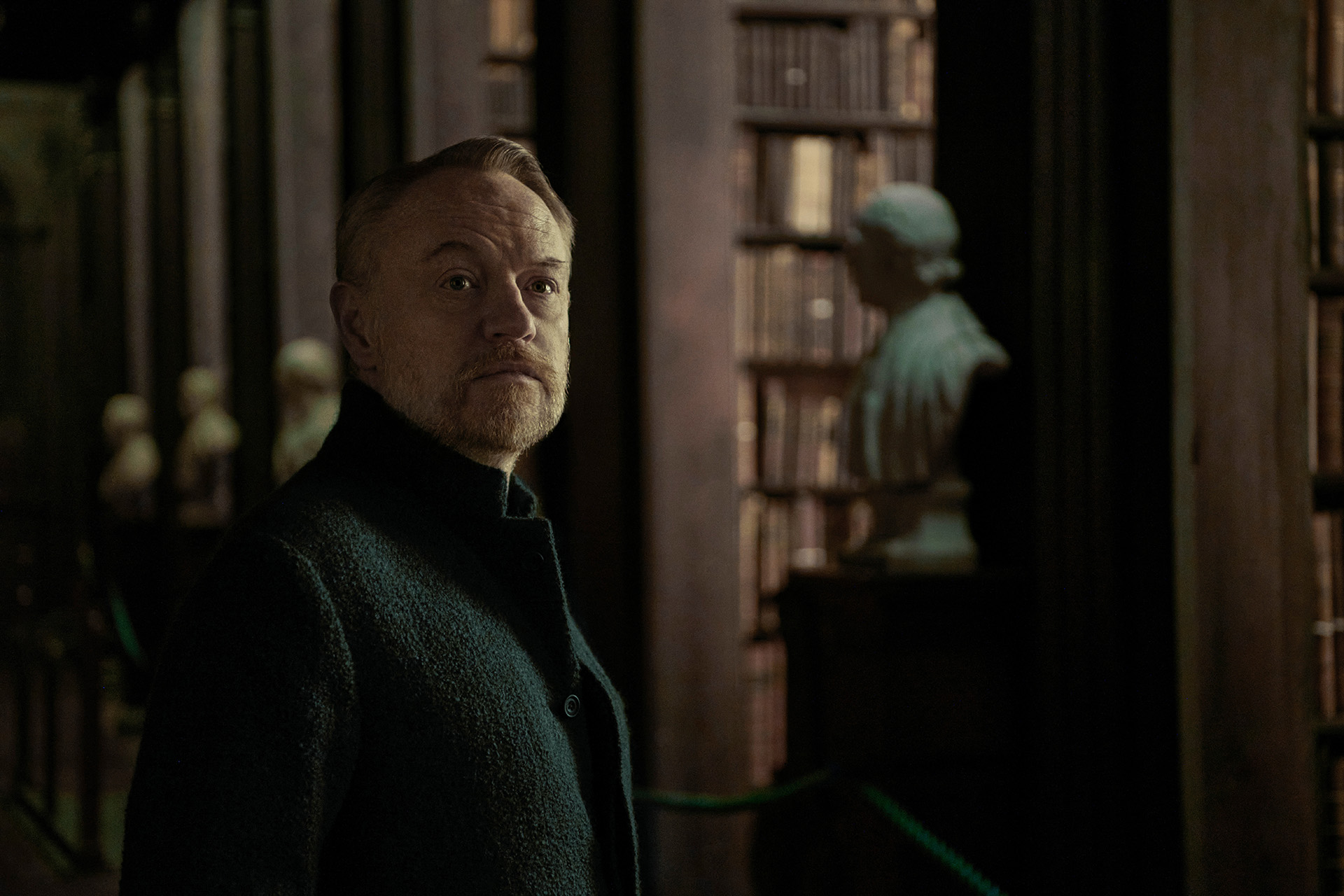
Did you have a lot of green screens?
Not so much. We did have an ARwall, which is a LED wall “linked” to the camera, but we didn’t end up using it as much as I thought we would. In our case, the VFX department is moving away from compositing, and more into rotoscoping, which I believe is now competitive. On our tank work in Malta, for the underwater parts on planet Synnax, with the wind of a Mediterranean coast, and being in the water, we couldn’t use any screens, so we rotoscoped a lot of that. I think most shots we did for those sequences in Malta had some element of VFX to them.
Could you previsualize advanced VFX while you were still shooting?
A lot of pre-vis was done for the pilot, particularly for places like Synnax, so we had an idea of what it was going to look like. There was excellent concept work done prior to and during the shooting, so we would refer to that. It was a great baseline, which we could decide to keep or change slightly. There were sometimes, for the Terminus portion of the shoot particularly, where we said Hail Marys: “I don’t know what this is going to look like!” But that is fun too, and our VFX team was excellent at rolling with the punches.
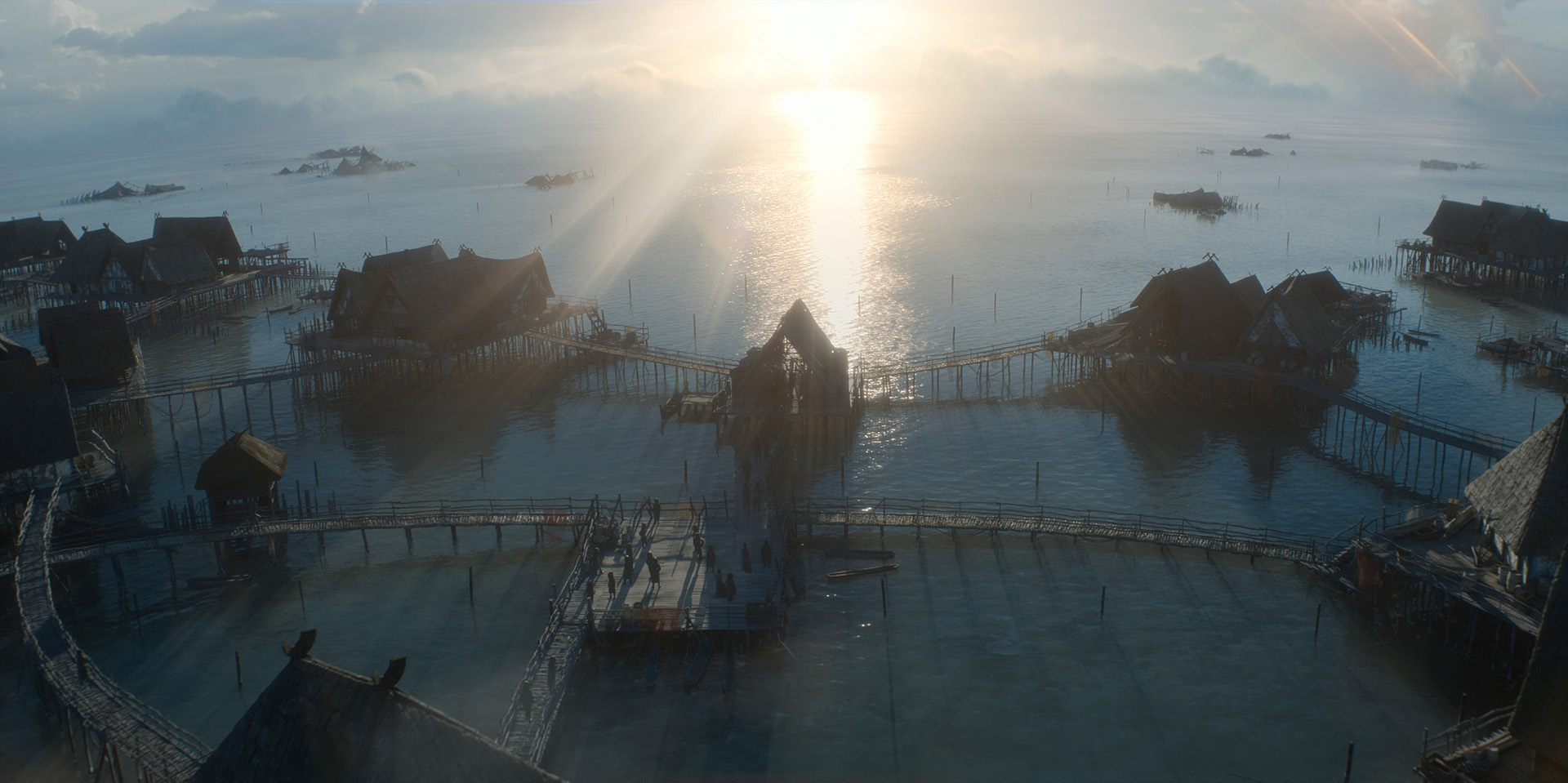
It is indeed a show about faith! The pilot wasn’t finished when you started working.
They had just wrapped, and by the time we started shooting episodes 3-4-5, the cut was just starting. They decided to go back on certain visual choices, as is always the case with pilots. We reshot a few things that they wanted to feel differently, and additional scenes. It happens a lot with pilots: you want to set up an entire world, so it has to be perfect.
What did you have to do differently compared to the pilot? For instance, the anamorphic look seems much stronger in the pilot.
Yes, we started the show with the DXL and a Panavision T-series, and there was some love for it, but also a desire to explore different things, and that is where we choose the Supremes. There was a lot of experimentation. We decided to try the Alexa LF with the Supremes for certain bits, and we ran with that package for a while. By the time we finished season one, we had introduced Atlas Orion anamorphic lenses back into it. It was a real mix! I was taught to never do that! But to be able to choose spherical here, anamorphic there, was excellent. It was a lot of fun, and really freeing. Sometimes it just happened in the fog of war, and it ended up working well.
Was the 2:1 aspect ratio a request from Apple TV?
I think it was. For the second season we are back to 2.35. I think everybody felt “why not do that?”, and we embraced the format.
The choice of anamorphic was made for the so-called aberrations, the distortion, the bokeh…
Definitely. We used the Atlas anamorphic lenses to bring that back here and there, for certain planets. I used them extensively on Synnax.
Yes. The night scenes on Terminus, where Salvor is going through the spaceship, were spherical as well. It’s so freeing! You don’t have to worry about light levels as much with the Supremes, and the focus is a lot easier in lower light. We often had to shoot wide open, which didn’t bother the (most excellent) focus pullers. With anamorphics you sometimes struggle with light, as a lot of anamorphic lenses have many aberrations wide open. Thankfully the Atlas’ really don’t have too much, but as we had to expand them to cover the large sensor properly, it sometimes did introduce a bit more at the open end of the aperture. The expanders also caused about 1 stop loss so, a lot of times we would just throw on a Supreme and go, which was great, especially in the low light scenes. It just made it so us so much more flexible. I have loved the Supremes since I worked with them on the show “Locke & Key”, and they were readily available, so we gravitated towards them.
You would think a show of that size, with that kind of budget, would be like “we know exactly what we are doing” (laughs) and I guess we did! But we did a lot of experimenting in the beginning, and ran with the mistakes, trying new things. It was a bit mad actually!
Did Apple TV have any request regarding your work, apart from the changes after the pilot?
A lot of that was handled by David Goyer, who is a skillful negotiator (laughs). From my perspective, Apple was exceedingly generous, and hands off for the most part. We would go to them saying, “look, we want to do this, but it costs this”; sometimes they said, “let’s try to do without it”, and sometimes they would answer “yes, absolutely, let’s do it, because it’s going to be worth it”. I think shooting some of the more challenging Synnax tank work in Malta was made possible by their generosity. That said, they didn’t get involved too much and didn’t want to dictate everything to the finest detail, and to a large extent they let us do what we wanted. They would only chime in occasionally to ask us to try certain things. They were so generous and so easy to work with that we would often try to help them and go “sure, let’s try do get that for you.” We expanded the sequence of the Star Bridge falling at their request and that was not a simple undertaking – but they felt it was important to try and they were fully behind us in getting it done.
What is it like to work in a pool of DPs for such a show?
The schedule was crazy, as we often had two or three units shooting simultaneously, so given the logistical challenges all the DPs were great! We also helped each other out with different episodes. We would pass each other in the hallway sometimes while running to our respective sets, saying, “hey, what are you doing over there?”, “I’m lighting it this way!” We tried very hard to talk to one another, to stay on the same page. We came with the idea that if we couldn’t make it look exactly the same, we had to make it feel the same. We found freedom being on different planets: it didn’t matter if the look wasn’t a hundred percent consistent, we had that license from being in a new place.
When we see the imperial palace from outside is in the 3rd episode, surrounded by gardens and the bright sky, it’s like breathing again, for a little moment.
Yes, we occasionally have to take a breath. We had that conversation for a scene where Cleon is beating up on the mathematicians, and smashing glasses. At that point we had done so many dark scenes, that we kept it a little bit open, just so that you can take a breath. It isn’t just a single note, you try to throw in little extras.
Let’s talk about the planet Terminus, where many things take place outside, in daylight, which isn’t the easiest situation for cinematographers…
Yes, I’ve tried a number of times to stop the sun wherever I wanted it to stop in the sky. … but it’s never worked, and it keeps moving…
Too bad! Where did you shoot Terminus?
It was on Fuertaventura, in the Canary Islands. It’s a dry and volcanic place with very little vegetation, that looks like Mars. The name means “strong winds”, so… We had a couple of days with a wind called calima, when the dust blows off the Sahara and shoots across the Atlantic. The sky went dark, and the entire island went almost black and white as if it was blanketed in this crazy dust. It looked great, and it would have been amazing to shoot it, but again, sadly we didn’t have any say on how it happened. Thankfully the Canaries have far more sunlight than clouds, but occasionally we had to adjust: we used a lot machines to keep things from blowing away, it did slow things down to work safely. We sometimes wondered if we needed to shut down. We would do a pause and wait until things got better. For the pilot Terminus was built in Iceland, but it’s even more difficult to shoot in, and I think, vastly more expensive. As things progressed, they realized the scale of the work and decided to move to the Canary Islands, so at the very least that the actors weren’t freezing to death! As a volcanic island it has a similar feeling.
With the sound stage being in Limerick, Ireland, and given that you had to take a long break due to Covid, you probably met continuity challenges?
So much… We first shot all the interiors of Terminus, but when we returned to filming after having been shut down for 5 months one of the actors – the great Clarke Peters – wasn’t available due to prior commitments that were now a conflict. So, we had to rebuilt some of the interior Terminus sets in the Canaries, in a big agricultural shed, to shoot his coverage toward the end of our schedule.
That was almost a year after we shot the scenes with the rest of the ensemble! In many scenes, somebody walks out a door in 2020, and we cut directly to them exiting in 2021. We had to do a lot of guess work, when shooting things in Ireland that would cut directly outside in the Canary Islands. When you get to the part that you’re going to cut with, you hope it isn’t too jarring, and that if you had lit a sunset for the indoor scene, you are able to film the outdoor part at a similar time. Sometimes it was possible, and sometimes it wasn’t. There are a few times where I notice it, but I hope nobody else does.
Did you have the chance to watch the dailies during the break?
When we realized that we were shut down, we let it rest for a bit, and when we were coming back, I started to get back into it. It was good because I could see all the mistakes with new eyes (laughs). The approach evolved, we decided to things a little bit differently on a few sets like Synnax. There were some positives from the pandemic in that sense.
What did the image you had on set look like, did you have a LUT?
We started with a simple LUT. They shot the pilot with the REC 709 LUT, and when we changed to the Alexa LF, we just built little CDLs for each set. We didn’t have time to rebuild everything, so we flew by the seats of our pants. In some cases, I wish we had time to go and test, and build a particular LUT for certain planets. Tony Dustin was our final colorist at Company 3, a very talented fellow, and he gave it a whole new kind of life with his finesse. The base was still there, but his choices were great. In my episodes he really helped us find a consistent vibe for Terminus – particularly the exteriors – when sometimes I felt we were searching a bit, and he really helped smooth out our transitions from day to night when the schedule wouldn’t allow for things to be shot at the perfect time of day. We also had a very talented DIT named Simon Keenan, who kept us honest. Without him I think we would have been lost! There were so many people with all the various units having to go in so many different directions. We had other DITs with the second and third units, but he was the go-to DIT who kept it all together.
Steve Annis, the pilot DP, uses color quite well. I tend to shy away from it unless I can motivate it. I was trying to keep it… realistic, in a way.
It’s always a work in progress. If you let the sets light up too much, or you put too much color in them, they become too prominent, I think, even though they are beautiful. In postproduction I also tend to like the colors a little bit desaturated, and even though the show is quite colorful and saturated, I would take the edge off. I have this great fear of magenta, I don’t know where it came from, and it was a joke on set, we always tried to crush it out. But you have to be brave and dive in where it makes sense, otherwise you might run away from color. Owen McPolin did a great job with that in his episodes (8, 9, 10). Maybe I have to be brave and do a little more saturation!




